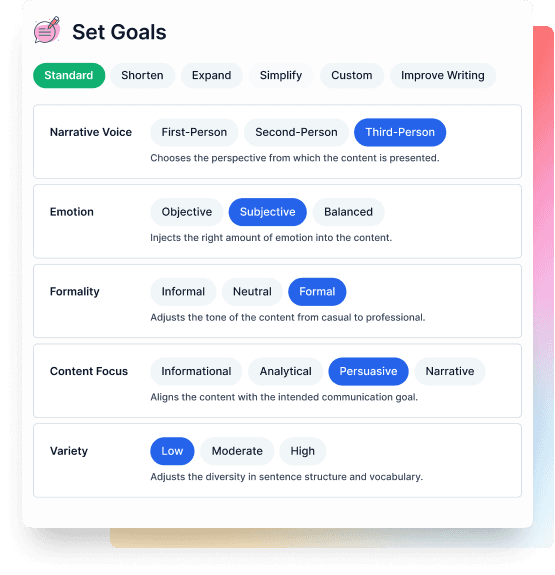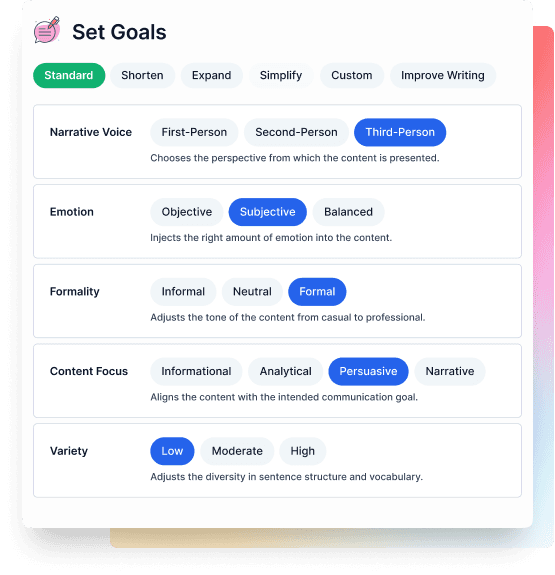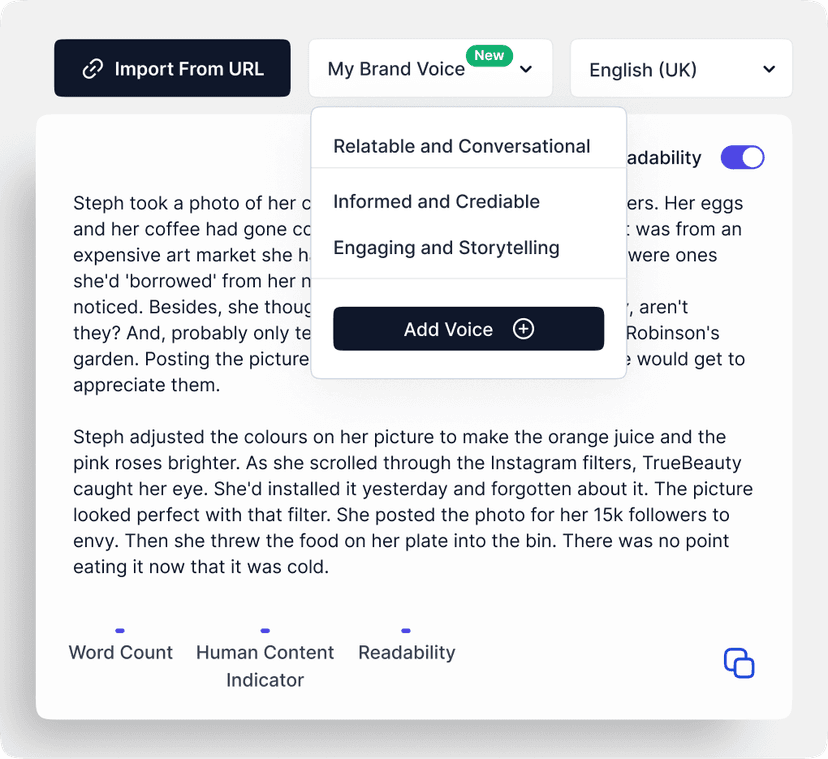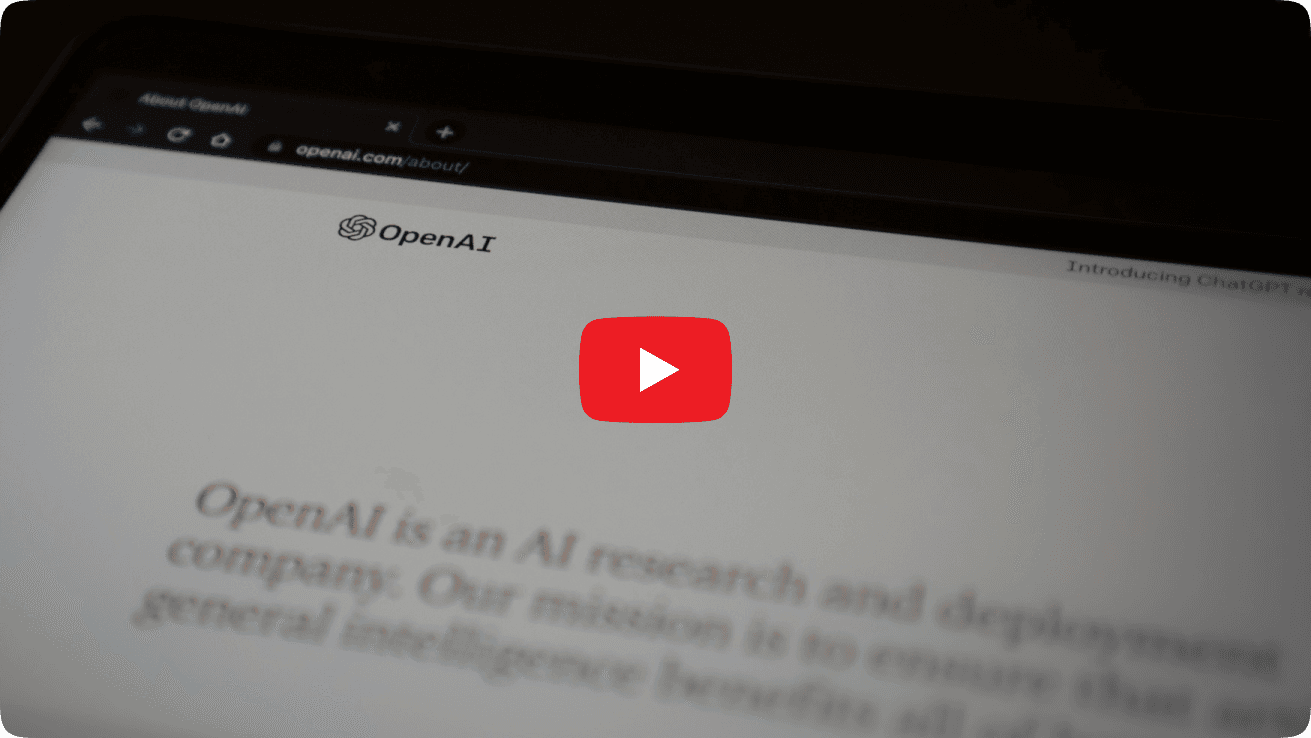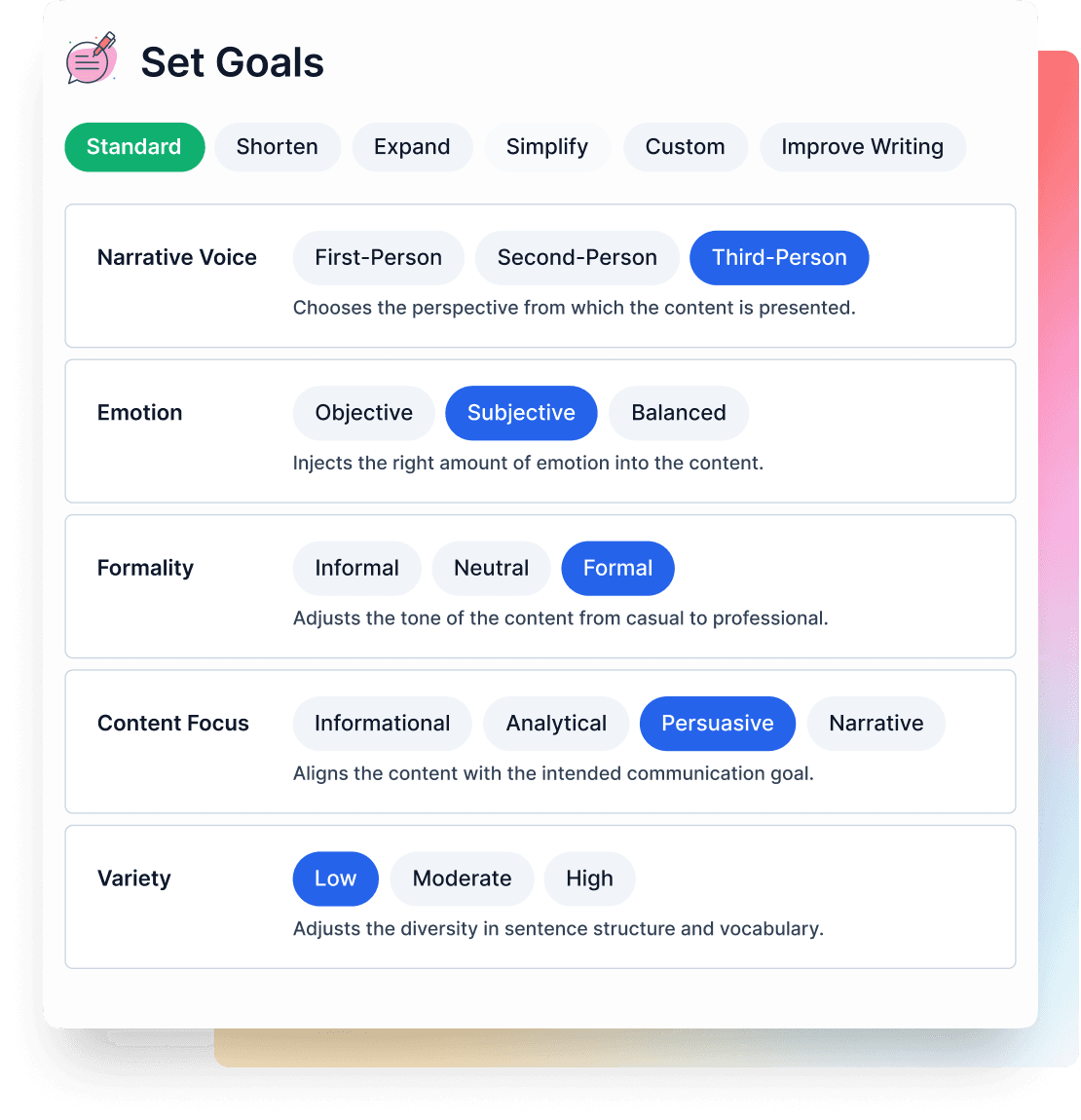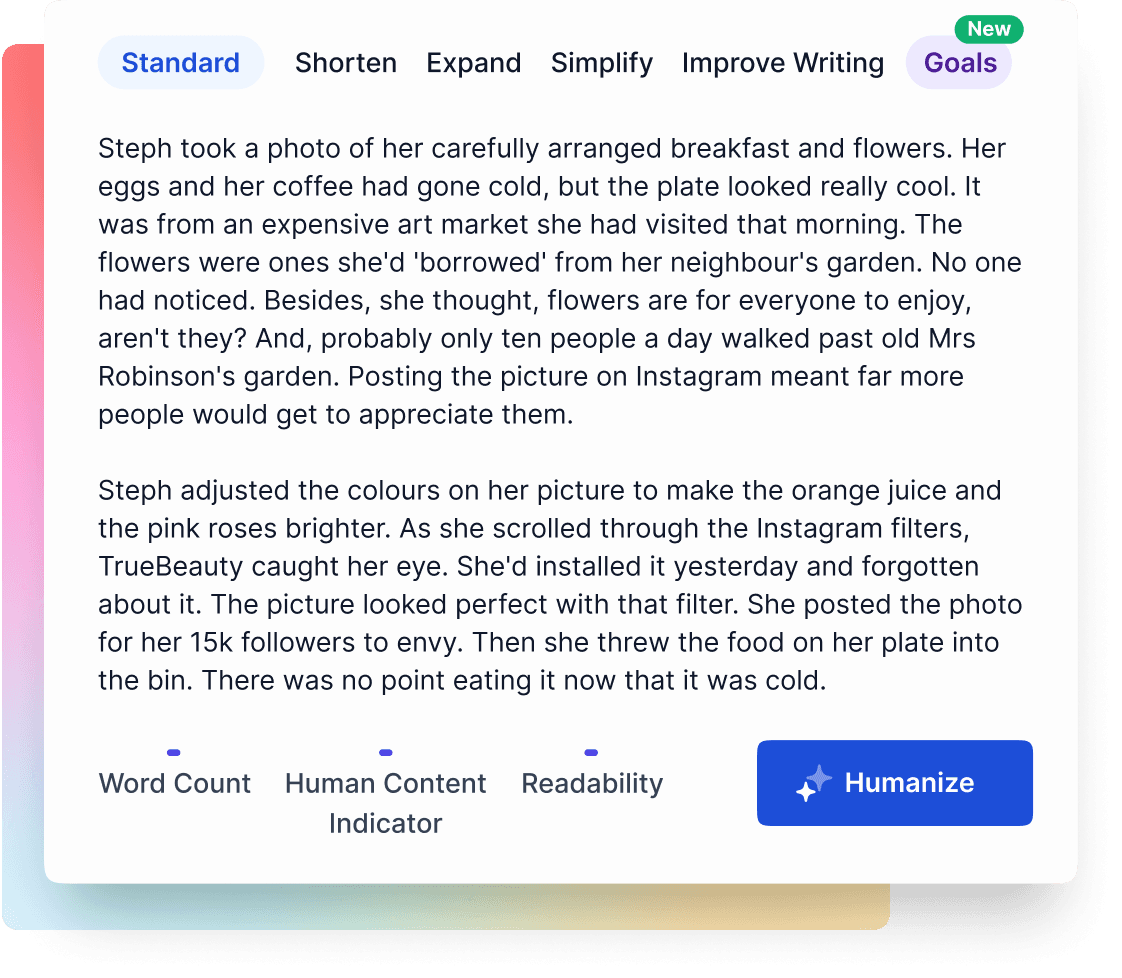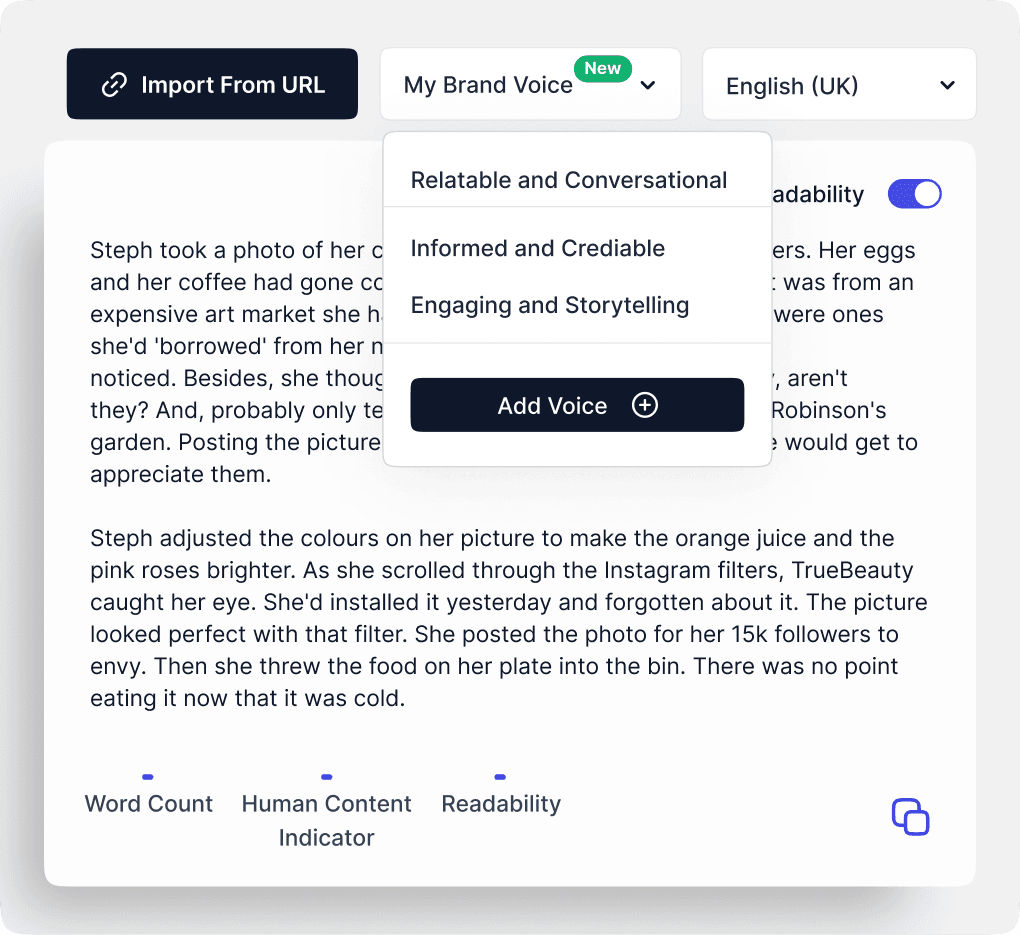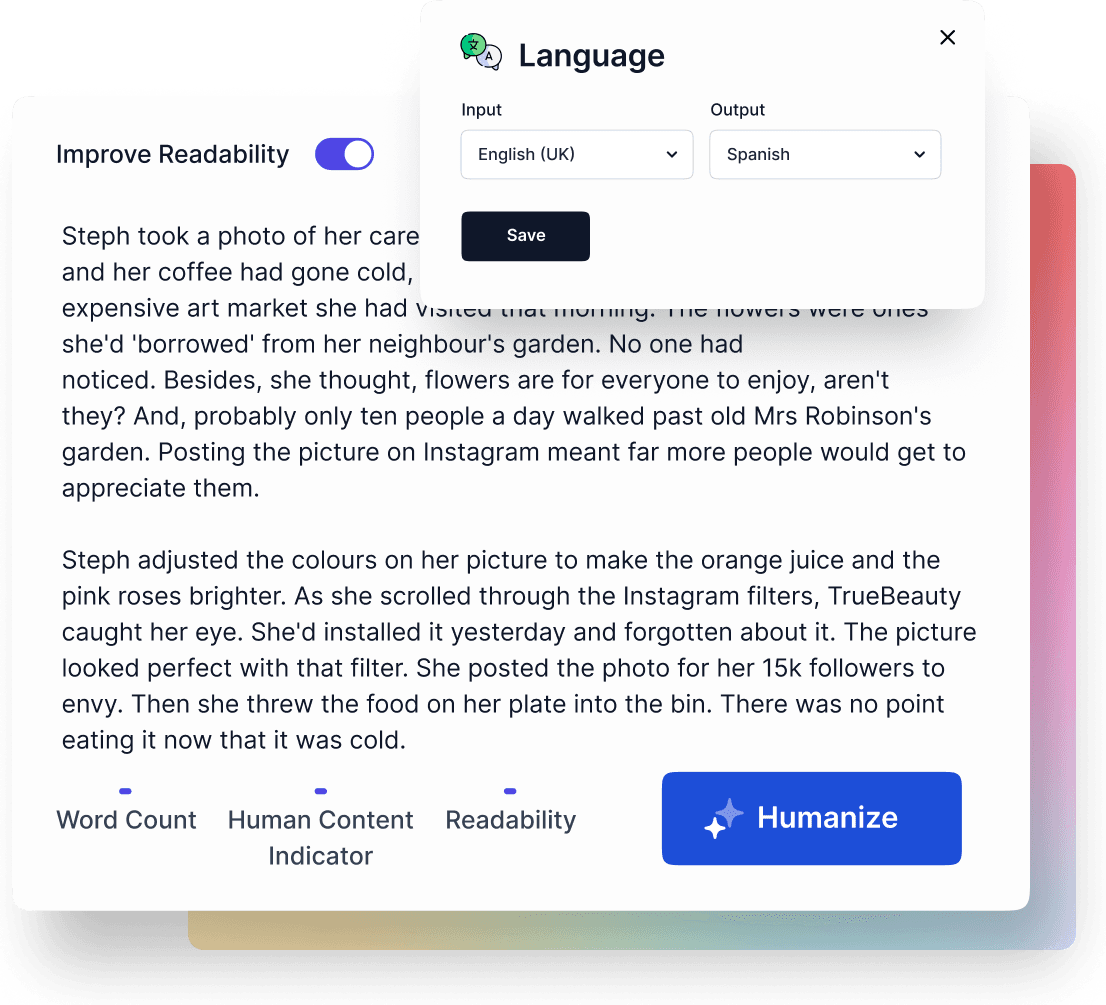Effortlessly Enhance Your Writing with Our Article Rewriter Tool
Are you tired of struggling to find the right words to express your ideas? Do you wish there was an easy and effortless way to elevate your writing to the next level? Our rewriting tool is here to help you achieve just that - effortlessly enhance your writing and take it to new heights.
Our article rewriter is designed to help writers of all levels take their writing to the next level. It uses advanced algorithms to understand the context and meaning of your text and rephrase it in a way that enhances your message and keeps your readers engaged. With our tool, you can rest assured that your writing is both unique and original, making it stand out from the rest.
So why continue to struggle with your writing when our rewriting tool is here to help? Effortlessly enhance your writing today and watch as your words take on a new life full of creativity and originality. With our tool, the possibilities are endless, and the time to start writing is now!


